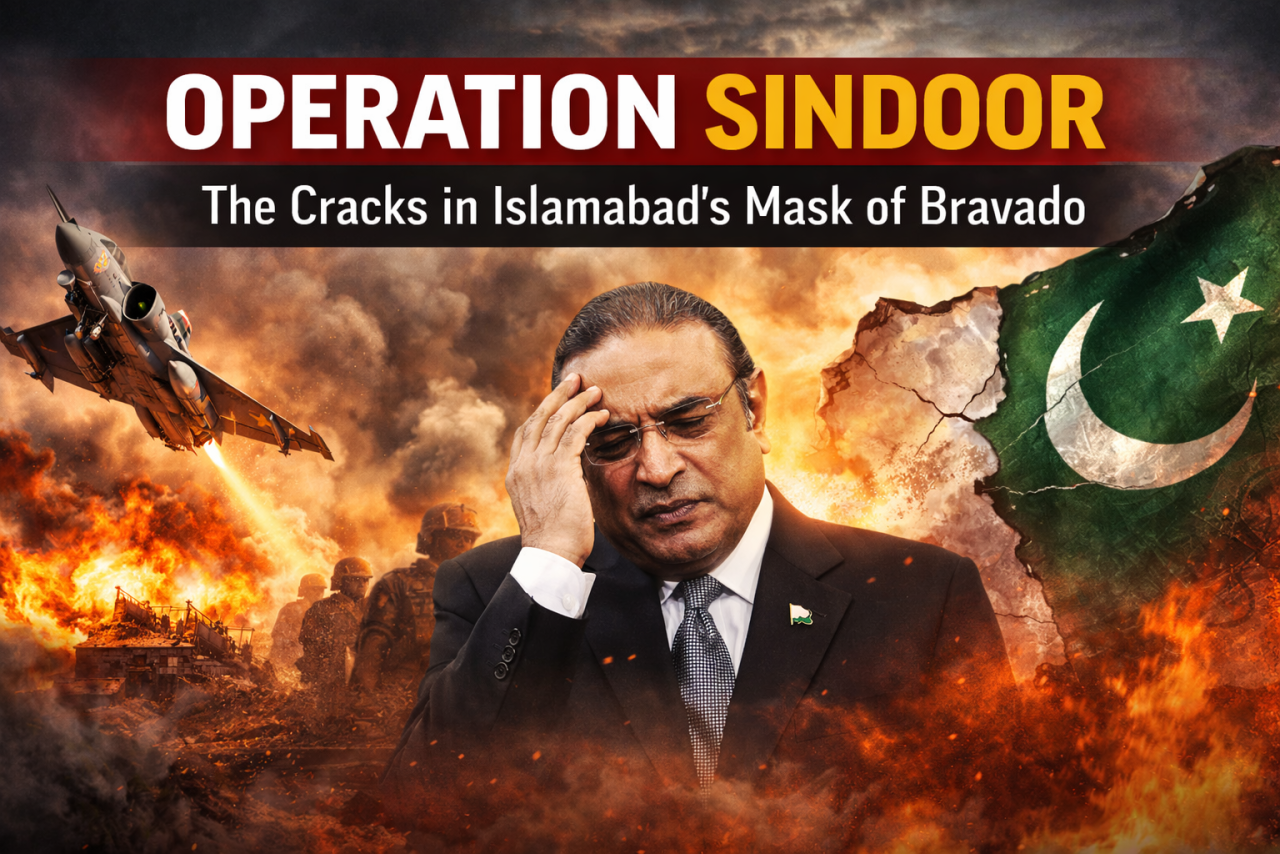
Bihar is not just a poor state. It is a paradox hidden in statistics and neglected in policy narrative. Over the past decade, India became the world’s fastest-growing major economy. Startups flourished, digital payments surged, and highways reshaped landscapes. Yet one truth remains unchanged: Bihar, home to more than 130 million Indians, is still among the poorest regions in South Asia.
As the central government celebrates trillion-dollar milestones and hosts global summits, Bihar continues to lag—with the lowest per capita income in India (₹50,000 annually), the lowest literacy rate (63%), and a quarter of its households surviving on less than ₹6,000 a month. This is not merely a delay in development. It is a national blind spot.
The Ghost of Colonial Bihar Still Governs Its Villages
The British Raj introduced a land tenure system in Bihar that still haunts it today. The Permanent Settlement of 1793 handed land control to zamindars who acted like rent-extracting feudal lords. Post-independence land reforms were promised but largely symbolic. Even now, over one-third of Bihar’s cultivable land is worked by tenant farmers with no legal rights or access to credit.
Agriculture employs 80% of the state’s workforce but contributes less than 20% to its GSDP. Farmers are caught in a survival loop. They lack the capital to invest, diversify, or expand. Bihar, which once fed empires, now struggles to feed its own.
Budgets Rise, but Outcomes Remain Flat
In the past 10 years, Bihar’s state budget has grown nearly six-fold, surpassing ₹2.6 lakh crore in 2024–25. The central government has transferred ₹5.4 lakh crore to the state between 2014 and 2025. But roads still collapse during monsoons, classrooms remain half-empty, and more than 60% of rural health centers lack a full-time doctor.
The issue is not money—it’s management. Bihar spends heavily on salaries and subsidies but poorly on infrastructure and accountability. Education received over ₹60,000 crore this year, yet 30% of schools have no libraries, 99% have no computers, and half the teachers lack proper qualifications.
This is not underfunding. This is misgovernance at scale.
The Economy Runs on a Train Ticket
No other Indian state exports as many people as Bihar. In Delhi’s lanes, Punjab’s fields, and Mumbai’s construction sites, Bihari workers form the invisible engine of India’s informal economy. Migration has become both a safety valve and an economic backbone, contributing billions in remittances each year.
But this exodus is also a trap. The best and brightest leave. Those who stay are stuck in a cycle of dependence on government jobs that are few and politicized. The result is a brain drain no state of this size can sustain.
Caste Arithmetic Overrules Economic Logic
Caste in Bihar is not just a social identity—it’s a governing principle. Every government office, police station, and public tender is filtered through a caste lens. While Mandal politics gave voice to backward communities, it also cemented caste as the operating logic of governance rather than merit, innovation, or performance.
Welfare schemes meant for the poor often benefit dominant caste groups. Inequality now runs both across and within castes. The result is a patchwork of progress rather than systemic transformation.
Growth Exists, but It’s a Mirage for the Poor
Bihar posted a 9% GSDP growth in 2024, one of the highest in the country. But this growth is driven by urban construction, telecom, and retail—sectors far removed from the lives of rural and poor populations. Rural wage growth remains among the lowest in India, and job creation has not matched the state’s massive youth population.
According to the 2022 caste-economic survey, nearly 40% of Scheduled Castes and 42% of Extremely Backward Castes live below the subsistence level. The so-called growth story skips them entirely.
So, Why Is Bihar Still Poor?
Let’s be honest: Bihar isn’t poor due to lack of talent, money, or potential. It is poor because it is locked in a loop of weak institutions, historical inequalities, political short-termism, and underdeveloped aspirations.
- Its leaders win elections with emotional slogans but fail at structural reforms.
- Its budgets are large, but systems for transparent execution are broken.
- Its people are hardworking, but ambition is penalized while allegiance is rewarded.
What Must Change?
India cannot afford a failing Bihar. It’s not just about regional balance—it’s about national credibility. Here's what needs to happen:
- Land Reform with Legal Guarantees: Digitize records, grant tenancy rights, and promote cooperative farming. No more empty slogans.
- Revamp Education Infrastructure: Appoint qualified teachers, audit quality, and deploy EdTech in underserved areas.
- Mid-Sized Cities as Growth Hubs: Develop Muzaffarpur, Gaya, and Bhagalpur into MSME and logistics centers.
- Decentralize Power to Panchayats: Equip local bodies with budgets, transparency tools, and audit mechanisms.
- Rebrand Bihar: Change its narrative from a problem state to a promising frontier for startups, green industries, and skilled talent.
Bihar Is Not a State Problem—It’s a National Test
If India can’t bring prosperity to 130 million people in its heartland, its trillion-dollar dreams stand on shaky ground. Bihar is not a lost cause. It is a deliberately overlooked opportunity.
The question is not whether Bihar can grow. It is whether India is finally willing to help it grow—not on paper, but in purpose.





















